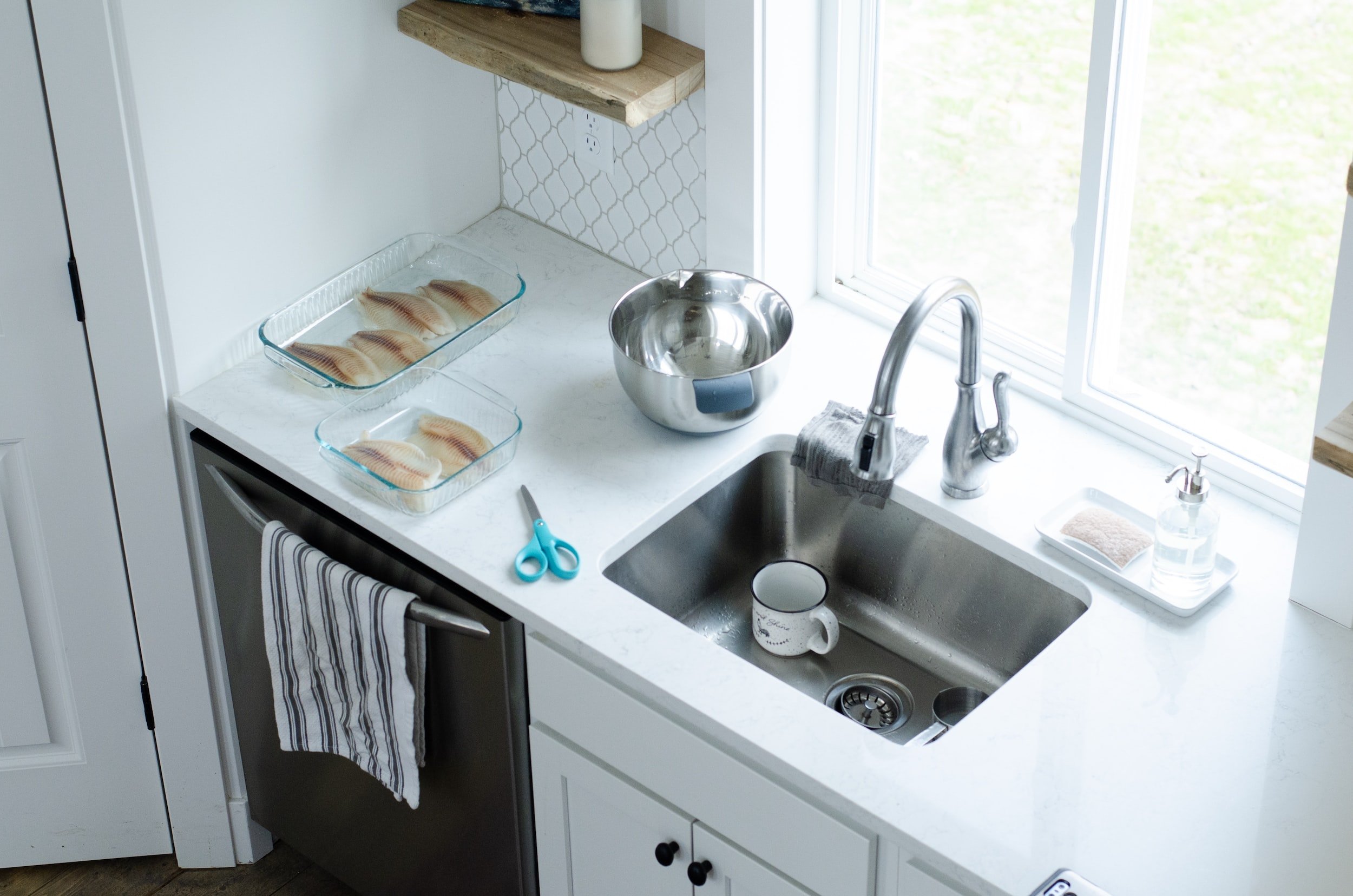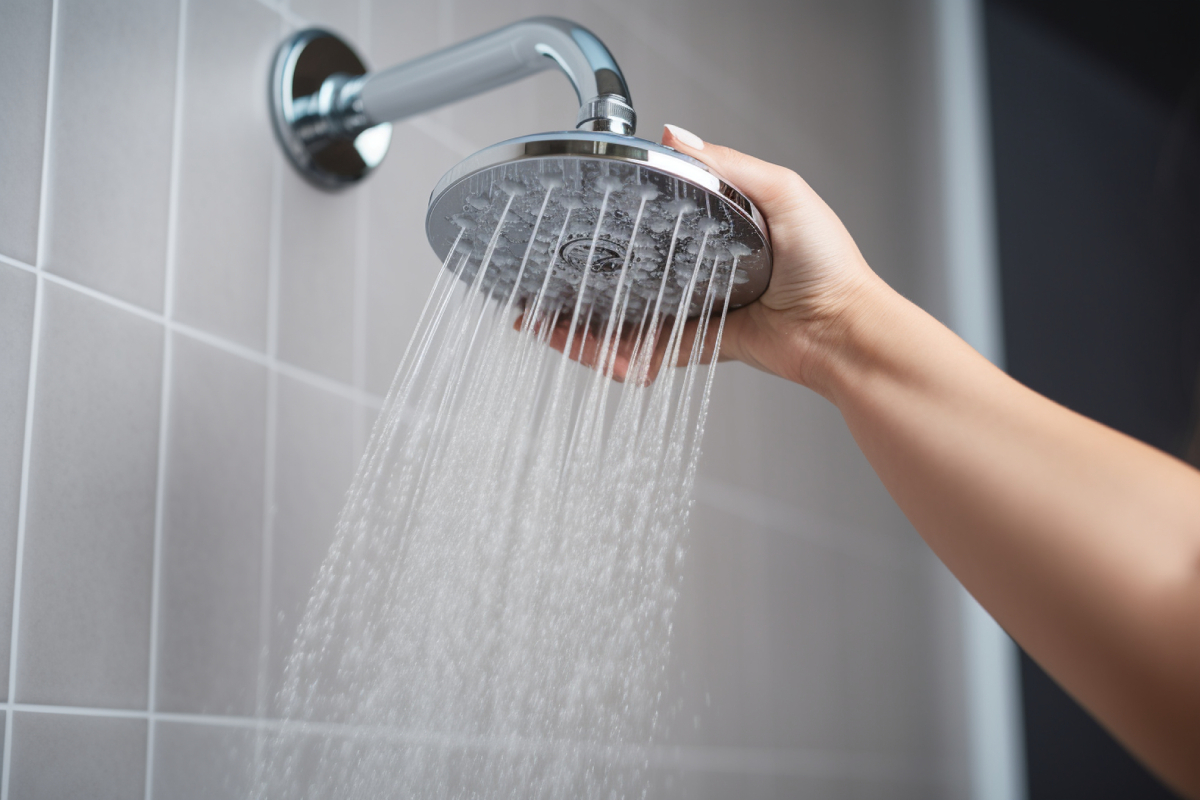Acquiring Insight into Home Plumbing Basics: A Beginner's Handbook
Acquiring Insight into Home Plumbing Basics: A Beginner's Handbook
Blog Article
We have stumbled on this post on Plumbing basics: How your home plumbing works below on the internet and reckoned it made good sense to discuss it with you on this page.

Plumbing is a necessary facet of any home, responsible for supplying clean water for alcohol consumption, cooking, and showering, as well as removing wastewater safely. Recognizing the fundamentals of home plumbing is vital for every house owner to guarantee correct upkeep, troubleshooting, and, if required, fixings. In this beginner's overview, we'll cover the basic ideas of home plumbing to help you become more acquainted with how it functions.
Water System
The water system brings clean water into your home from a community water source or an exclusive well. It includes a main water line that links to your home's plumbing system, typically located underground. A water meter determines the quantity of water eaten, while a shut-off valve allows you to control the circulation of water into your home.
Plumbing Components
Plumbing fixtures are tools that provide water to different parts of your home and consist of sinks, faucets, toilets, showers, bath tubs, and home appliances such as dishwashing machines and washing makers. Each component is linked to the supply of water system via pipes and fittings and might have its shut-off valve for upkeep or emergency situations.
Water Heater
The water furnace is in charge of home heating water for domestic use, consisting of bathing, cooking, and cleaning. Common types of water heaters include tank-type hot water heater, tankless (on-demand) water heaters, and heat pump water heaters. The hot water heater is attached to the water system system and provides hot water to plumbing fixtures as required.
Drain System
The water drainage system eliminates wastewater from your home and carries it away to a sewer therapy facility or septic system. It consists of a network of pipelines, fittings, and components that deliver wastewater from plumbing fixtures to the major sewer line or septic system. Proper water drainage is necessary to protect against obstructions, backups, and sewage leakages.
Ventilation System
The ventilation system helps preserve correct air pressure and stop sewer gases from entering your home. Air vent pipelines, also referred to as air vent heaps, prolong from plumbing components to the roof covering, permitting sewer gases to run away safely outdoors. Ventilation pipelines also enable air to get in the drain system, assisting in smooth wastewater flow and protecting against suction or vacuum results.
Common Plumbing Devices
Having the right devices on hand is necessary for carrying out basic plumbing fixings and upkeep tasks. Common plumbing devices include adjustable wrenches, pipe wrenches, pliers, pipe cutters, hacksaws, bettors, augers (or drainpipe serpents), and Teflon tape. Having these tools readily available can help you take on minor plumbing issues efficiently.
Fundamental Plumbing Repair Work
While some plumbing repair services might call for professional aid, many common problems can be addressed with fundamental DIY strategies. Knowing just how to fix a leaking faucet, unblock a drainpipe, change a toilet flapper, or repair a dripping showerhead can save you money and time on plumbing fixings.
Conclusion
Comprehending the essentials of home plumbing is important for each house owner to keep a secure, useful, and efficient plumbing system. By acquainting yourself with the supply of water system, plumbing components, drainage system, air flow system, usual plumbing tools, and standard repair work, you can with confidence resolve small plumbing concerns and guarantee your home's plumbing system runs efficiently.
Understanding Basics of Home Plumbing System: A Beginner's Guide
The Main Components of Your Home Plumbing System
The Water Supply System
This system is responsible for transporting fresh water into your home. It usually has a main water line that splits into two branches: one directed towards cold water services and the other connected to a water heater for hot water. The pressure is key here; it ensures water reaches all parts of your house.
The Drainage System
Once water has been used, it becomes wastewater that needs to be removed from your home. This is where the drainage system comes into play. It includes all the pipes that carry wastewater and sewage away from your house to sewage treatment facilities or septic tanks.
The Vent System
The vent system prevents sewer gases from entering your home and helps maintain the pressure balance that allows wastewater to flow out properly. These vents usually exit through the roof of your house.
Water Heating System
For those who enjoy hot showers or using hot water for cleaning, the water heater is a crucial part of the plumbing system. It can be a tankless system, which heats water on demand, or a traditional water tank model.
Common Plumbing Problems and Basic Troubleshooting
Plumbing systems, while designed to be durable, can face issues like clogged drains, leaky faucets, or low water pressure. Here are some basic troubleshooting tips:
Clogged Drains
Use a plunger or a plumber's snake to try and dislodge whatever is blocking the drain. Regular cleaning can prevent clogs.
Leaky Faucets
Often caused by worn-out washers or gaskets, these can usually be replaced by someone with basic DIY skills.
Low Water Pressure
This might be due to sediment build-up in your fixtures or a leak somewhere in your water line. Cleaning out aerators or seeking a professional to detect leaks might be necessary.
Preventive Maintenance Tips
Maintaining your plumbing system is key to avoiding emergencies. Regularly check for leaks, avoid disposing of grease down the sink, and have your system inspected by a professional plumber at least once a year.

I stumbled upon that entry on while doing a search on the web. Sharing is nice. Helping others is fun. Thank-you for going through it.
Free Estimates Report this page